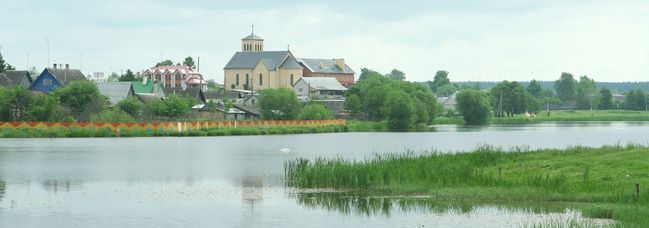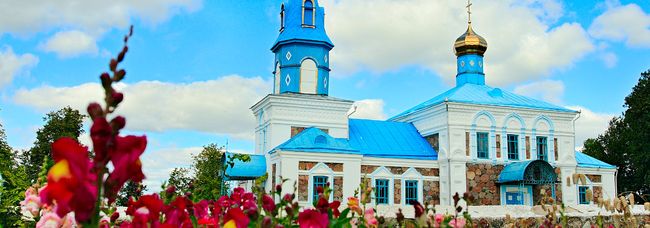
Dokshitsy Regional Executive Committee
Address: 31 Leninskaya Street,
Dokshytsy 211722
Phone:
8 (02157) 3-25-10 from 8.00 to 17.00
Fax:
8 (02157) 3-25-11
E-mail:
rikdok@vitebsk.by











Address: 31 Leninskaya Street,
Dokshytsy 211722
Phone:
8 (02157) 3-25-10 from 8.00 to 17.00
Fax:
8 (02157) 3-25-11
E-mail:
rikdok@vitebsk.by










Belarus' Deputy Economy Minister Dmitry Yaroshevich told the Belarus 1 TV channel how the Belarusian economy performed at the beginning of the year, BelTA informs.
“Thanks to consistent work of the government and economic operators, we have managed to achieve good intermediate results. The performance of the manufacturing industry stood at 94.6% by the end of the year and in January it was 95.9% year-on-year. It is important to note that this growth was driven by high-tech industries with high added value. Electronics industry soared 1.5 times, mechanical engineering, electrical equipment, etc performed well, too. Another economic mainstay of our country – agriculture – rose by 3.4% in January. Milk output expanded by 3.5%, production of meat increased by more than 5%. The number of poultry rose by 4 million heads. In general, the productivity of animal husbandry is on the rise,” said Dmitry Yaroshevich.
According to him, the pace of construction has nearly been restored. “Of course, it is not yet 100%, but we are approaching this mark. And we hope that this sector will bounce back in February, March,” the deputy minister noted. “Yet, there are struggling industries and their under-performance has objective reasons. First of all, this is transport, transportation. In view of all the restrictions imposed on our country, it cannot perform in the same way as last year, so January is not going to be a successful month for this sector. This affects wholesale trade. As a result, in January GDP was 95%,” the official added.
Dmitry Yaroshevich specified that January is always the most difficult month for the economy. “It depends on many factors. In particular, on our trading partners - Russia and China. Russia has Christmas holidays that last almost half a month, China celebrates the Chinese New Year, everyone is getting ready for them. Weather is also one of the factors and this factor is difficult to predict. For example, the average temperature in January 2022 was –2.1 °C, and in January this year it was –0.7 °C. Accordingly, the energy sector performed worse. Yet, on the other hand, if we look at efficiency, we will see that we spent fewer resources, we will have a better trade balance, and people have saved on utility fees and heating,” he added.